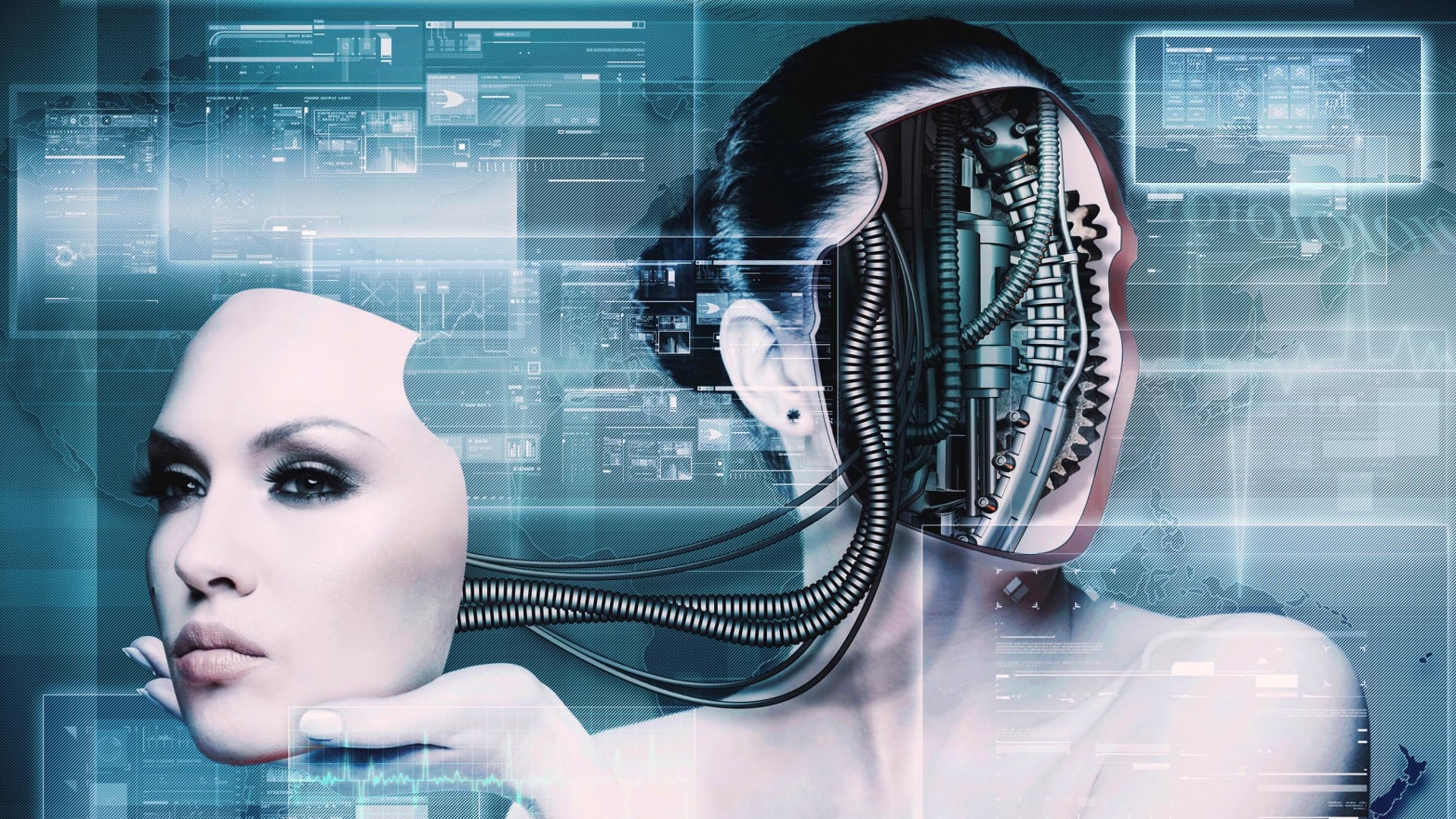It may sound like something from a sci-fi novel, but mind-reading artificial intelligence is closer to reality than you might think.
Artificial intelligence (AI) is one area of scientific discovery that many people view with some trepidation. When reading about artificial intelligence we are normally shown robots learning to open doors and beating champion chess players: ideas likely to inspire unease in those who feel smart robots are a threat to human intelligence. But can AI be used to better understand our own brains?
Researcher Kevin Chun at Yale University would argue that this is the case. Front runner in the research combining neuroscience and AI, Chun’s work focuses on imaging the brain using functional magnetic resonance imaging (fMRI), a technique which allows researchers to measure activity in different areas of the brain in real time during tasks or at rest. fMRI has been an immensely useful tool in neuroscience research, opening a window into how people think and respond to different events. However, researchers like Chun have taken this a step further, employing smart computers in the processing of fMRI data.
Chun led an interdisciplinary study at Yale University which recorded the brain activity of individuals in an fMRI machine and processed them using AI.
The self-learning computers used in this study were able to produce a unique set of numbers based on the resting brain activity of each subject. This unique set of numbers was called the human connectome fingerprint and is as specific to individuals as their actual fingerprints. Furthermore, there are sequences within this matrix of numbers that correspond to specific traits. From your IQ to how extroverted you are, the connectome fingerprint is able to build a surprisingly comprehensive picture of your mind.
This technology has been further explored by different teams around the world. For example, researchers at Berkley are able to use it to effectively read their subjects’ minds. Participants are shown a face, and the smart algorithms are able to draw a version of the face – from only the subject’s brain activity – that is 65% accurate to the original image. Teams in Japan have used similar technology to investigate dreams with reported 60% accuracy.
By waking subjects just as they start dreaming and recording what they dreamt, researchers built a portfolio of which brain activity sequences corresponded to which dream stimuli, all with the help of these self-learning computer algorithms. These research projects point to a new frontier of brain investigation, in which computers allow us new views into our cognitive processes, even allowing categorisation of who we are in the form of codes
But this isn’t just science for science’s sake. This technology has very interesting implications and benefits for clinical research too, as the human connectome fingerprint can be used as a powerful diagnostic tool. With unique stretches of code corresponding to different neural traits similar to genes in DNA, the connectome fingerprint can be used to detect attention deficit disorders or autism in patients.
However, recent studies have had mixed success in using this technology. One team examining the use of human connectome fingerprint technology in diagnosis of schizophrenia found the tool difficult to use in characterisation. More promisingly, other studies successfully used the AI technology in quantifying memory loss in Alzheimer’s patients, providing a scale that could distinguish between early and late stage Alzheimer’s suffers. Even with its limited clinical success so far, the technology highlights the importance of the relationship between neuroscience and artificial intelligence and sets the stage for exciting new brain discoveries to come.
image source: shutterstock.com

